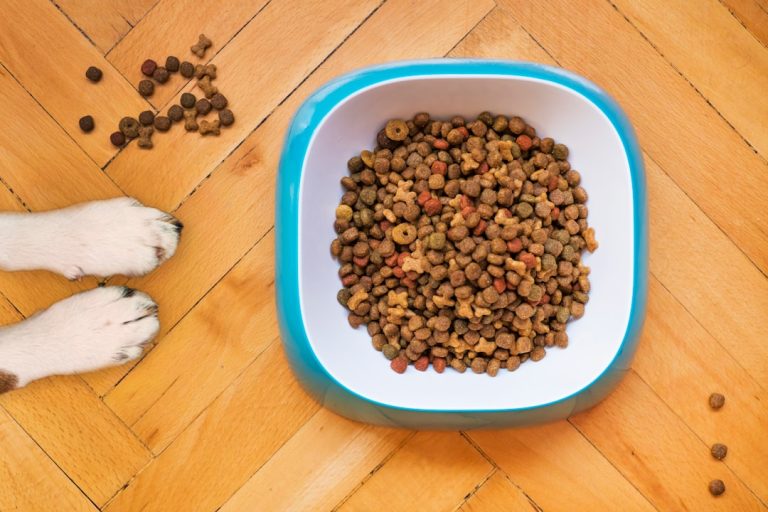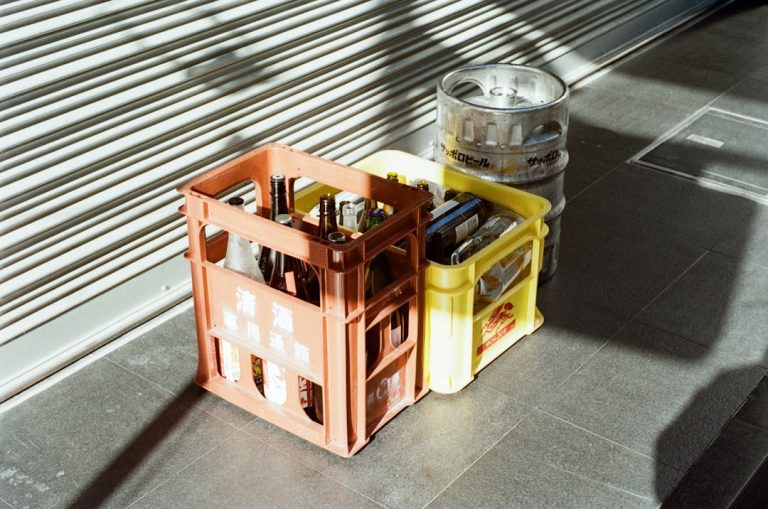My Head-to-head Comparison: Bamboo Toothbrushes Vs. Electric (which is More Sustainable?).
My Head-to-head Comparison: Bamboo Toothbrushes Vs. Electric (which is More Sustainable?)
In a world increasingly aware of its environmental footprint, even our most mundane daily routines are coming under scrutiny. Brushing our teeth, a twice-daily ritual, is no exception. For years, the choice was simple: manual or electric. But now, a new contender has emerged, challenging the status quo with promises of sustainability: the bamboo toothbrush. As someone deeply invested in making greener choices, I’ve embarked on a detailed head-to-head comparison to truly understand which option — the classic electric toothbrush or the eco-conscious bamboo brush — stands taller in the sustainability stakes. It’s not just about what cleans your teeth best, but what leaves the lightest mark on our planet.
Unpacking the Bamboo Brush’s Eco-Promise: From Grove to Gums
The bamboo toothbrush has quickly become a symbol of eco-friendliness, gracing the shelves of health stores and sustainable living blogs alike. Its appeal is immediate: a natural material, often marketed as biodegradable, designed to replace the ubiquitous plastic brush. But is its green promise as straightforward as it seems? To truly evaluate its sustainability, we need to delve into its entire lifecycle, from where it originates to its final resting place.
The Handle’s Humble Origins: Bamboo’s Rapid Growth & Carbon Sequestration
At the heart of the bamboo toothbrush’s sustainability claim is, of course, the bamboo handle. Bamboo is a remarkable plant, often touted as the fastest-growing plant on Earth. It can grow incredibly quickly without pesticides or fertilizers, making its cultivation inherently more sustainable than, say, petroleum-derived plastics. Furthermore, bamboo forests are excellent at sequestering carbon dioxide, actively removing greenhouse gases from the atmosphere. This rapid renewability and carbon-absorbing capacity give the bamboo handle a significant advantage right out of the gate. However, it’s worth noting that the sustainability of bamboo also depends on responsible sourcing and avoiding deforestation of critical ecosystems.
Bristle Quandary: Nylon vs. Plant-Based Alternatives
Here’s where the bamboo brush’s eco-story gets a little more complex. While the handle is undeniably natural, the bristles are often a different story. Most bamboo toothbrushes use nylon bristles (usually Nylon 6 or Nylon 610), which are still petroleum-based plastics. While these nylons are generally BPA-free, they are not biodegradable and must be removed before composting the handle. Some brands are innovating with plant-based bristles, like castor bean oil-derived nylon or even boar bristles (though these raise ethical concerns for many). For a bamboo toothbrush to be truly “plastic-free” and fully compostable, the bristles are the critical hurdle. Always check the packaging for bristle material.
Disposal Dilemma: Deconstructing the “Compostable” Claim
The promise of a compostable toothbrush is a powerful one. Imagine simply tossing your old brush into your garden compost pile! For the bamboo handle, this is largely true. It will break down naturally, returning to the earth within months. However, as discussed, the nylon bristles are the sticking point. To properly dispose of a bamboo toothbrush, you typically need to remove the bristles with pliers, then compost the handle and dispose of the bristles separately (often in general waste, as they are too small for most recycling facilities). This extra step, though minor, can be a barrier for some, potentially leading to improper disposal and undermining the full compostability claim.
Deconstructing the Electric Toothbrush’s Eco-Equation: Power, Plastic, and Performance
Electric toothbrushes, with their oscillating or sonic power, are often praised by dentists for their superior cleaning capabilities. But what about their environmental impact? Their sleek, often plastic-heavy design and reliance on electricity paint a very different sustainability picture compared to their bamboo counterparts. Let’s break down the components that contribute to the electric toothbrush’s environmental footprint.

The Plastic Shell: Durability Meets Persistent Waste
The vast majority of electric toothbrushes are made from various plastics for their body, charging base, and, crucially, their replaceable brush heads. While these plastics offer durability and water resistance, they are petroleum-derived and designed to last centuries, not biodegrade. The constant replacement of plastic brush heads, typically every three months, contributes significantly to plastic waste. Consider the cumulative effect of millions of users replacing these small plastic components multiple times a year – it adds up to a substantial amount of non-recyclable plastic entering landfills or oceans. This is a major area where electric toothbrushes face a sustainability challenge, contributing to global plastic waste statistics.
Hidden Energy Demands: Manufacturing, Charging, and Battery Life
Beyond the plastic, electric toothbrushes carry an energy burden. The manufacturing process for these devices, which include complex circuitry, motors, and batteries, is energy-intensive. Then there’s the operational energy: charging the toothbrush. While the individual energy consumption per charge is minimal, the cumulative effect across billions of charges globally over the lifespan of these devices is not negligible, especially if the electricity comes from non-renewable sources. The type of battery (often lithium-ion) also plays a role, with its own environmental costs for mining raw materials and manufacturing.
The E-Waste Enigma: Navigating Complex Disposal Pathways
Perhaps the most significant environmental challenge for electric toothbrushes lies in their end-of-life. These devices are classified as electronic waste (e-waste) due to their batteries and electronic components. E-waste is notoriously difficult to recycle properly, often containing hazardous materials like lead, cadmium, and mercury, which can leach into the environment if not handled correctly. While some components are recyclable, the process is complex and not universally available or utilized. Many electric toothbrushes end up in general landfills, contributing to pollution. Even the small replaceable heads are rarely recycled due to their size and mixed material composition, posing a significant lithium-ion battery recycling challenges.
Beyond the Brush: A Lifecycle Carbon Footprint Showdown
To truly answer “which is more sustainable?”, we need to zoom out and consider the entire lifecycle of both types of toothbrushes, from raw material extraction to disposal. This comprehensive view helps us understand the full carbon footprint and environmental impact






